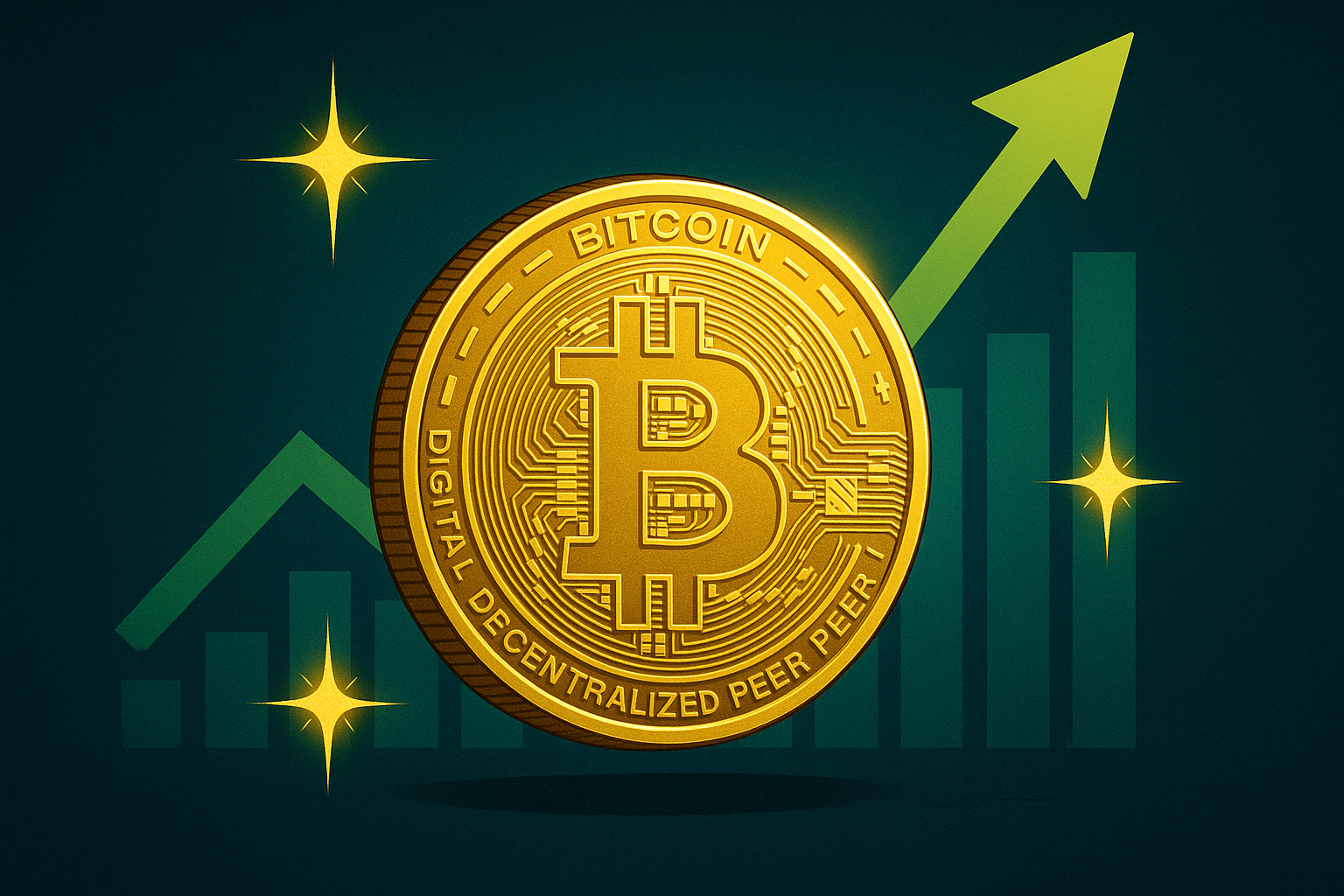Why Is Bitcoin So Valuable? The Forces Behind the World’s Most Sought-After Digital Asset

Bitcoin. The word itself triggers curiosity, excitement, and even anxiety among investors, regulators, and everyday people. Since its inception in 2009, Bitcoin has evolved from a fringe experiment to the leading cryptocurrency, commanding headlines and attracting trillions of dollars in global market value. But what exactly makes Bitcoin so valuable? The answer is both complex and fascinating, rooted in technology, economics, psychology, and global trends.
The Birth of Digital Scarcity
At its core, Bitcoin is a decentralized digital currency, built on blockchain technology. Unlike government-issued currencies, no central authority controls Bitcoin. Its creator, the mysterious Satoshi Nakamoto, set a hard cap: only 21 million bitcoins will ever exist. This built-in scarcity is crucial to understanding its value.
Scarcity is a foundational principle in economics. Gold, for example, derives value in part because it’s rare and cannot be manufactured at will. Bitcoin takes this concept digital: its supply is mathematically enforced and fully transparent on the blockchain. Every 10 minutes, a fixed number of new bitcoins are minted, and every four years, the rate of creation is halved in an event known as the “halving.” This ensures that the supply curve is perfectly predictable—a trait almost no fiat currency can claim.
Trustless, Borderless, Permissionless
A major source of Bitcoin’s value lies in its trustless nature. Traditional currencies require trust in banks and governments. Bitcoin, however, operates peer-to-peer, with all transactions validated by a decentralized network of computers (miners). No single entity can freeze, reverse, or counterfeit Bitcoin transactions. This has profound implications for people living under authoritarian regimes, in hyperinflationary economies, or without access to basic banking.
Moreover, Bitcoin is borderless. Sending money overseas using traditional banks can be slow, expensive, and subject to controls. Bitcoin transactions, by contrast, can move across the world in minutes, often with lower fees, and without the need for permission from any intermediary.
Digital Gold: A Store of Value
Bitcoin is often described as “digital gold.” Like gold, it’s not tied to any single country or economy. It’s portable, divisible, and can be stored securely. But Bitcoin goes further: it’s easier to transfer, store, and verify than physical gold. Institutional investors, including publicly traded companies like MicroStrategy (NASDAQ: MSTR), have begun to allocate portions of their treasuries to Bitcoin, treating it as a hedge against inflation and currency debasement.
In times of global uncertainty, when fiat currencies can be printed in unlimited quantities, Bitcoin’s algorithmic scarcity stands out. The COVID-19 pandemic, for example, saw governments inject trillions into their economies. Many investors turned to Bitcoin as a potential store of value—one whose rules can’t be changed on a whim.
The Network Effect
Value is often a function of adoption. The more people use and trust Bitcoin, the more valuable it becomes—a phenomenon known as the network effect. Each new user, exchange, merchant, or developer increases the utility and security of the network. Today, Bitcoin boasts millions of users, thousands of supporting businesses, and a growing ecosystem of developers and products.
This network effect also drives liquidity: with more participants, buying and selling Bitcoin becomes easier and less prone to wild price swings. This further cements its status as the dominant cryptocurrency.
Transparency, Security, and Censorship Resistance
The Bitcoin blockchain is public and immutable. Every transaction is recorded for anyone to see, and altering the ledger is nearly impossible without controlling the majority of the network’s computing power. This radical transparency makes fraud and corruption much more difficult compared to traditional banking systems.
Security is another pillar. The network is secured by vast amounts of computing power, making it one of the most robust systems ever built. And because Bitcoin transactions can’t be censored or reversed, it’s particularly valuable in places where governments may seize assets or restrict financial activity.
Financial Inclusion
Around 1.4 billion adults worldwide remain unbanked, lacking access to basic financial services. All that’s required to use Bitcoin is a smartphone and internet connection—no paperwork, credit history, or government ID needed. For millions, Bitcoin offers their first real access to global markets.
Psychological Value: Belief and Speculation
Finally, value isn’t just about supply and demand—it’s about belief. The Bitcoin community is driven by a powerful ethos: a belief in financial sovereignty, privacy, and technological progress. As more people buy into this narrative, demand increases. Speculators and long-term “HODLers” alike have played a role in driving Bitcoin’s price upward, reinforcing the cycle of adoption and value.
Risks and Uncertainties
Of course, Bitcoin is not without risk. Its price is notoriously volatile, and regulatory uncertainty continues to cloud its future in some jurisdictions. Security is only as strong as one’s personal safeguards; lost private keys mean lost bitcoins. Yet these challenges haven’t deterred the world’s growing interest in the digital asset.
Conclusion
So, why is Bitcoin so valuable? It’s a confluence of hard-coded scarcity, decentralized trust, borderless utility, a growing user network, and a compelling narrative of empowerment. In an age where inflation erodes traditional savings and technology upends old systems, Bitcoin stands as a revolutionary new form of value—one that may reshape money as we know it.
Disclaimer: This article is for informational purposes only and does not constitute financial advice. Cryptocurrency investments are highly speculative and volatile. Readers should conduct their own research and consult with a qualified financial advisor before making investment decisions.
More News
View More



Recent Quotes
View MoreQuotes delayed at least 20 minutes.
By accessing this page, you agree to the Privacy Policy and Terms Of Service.